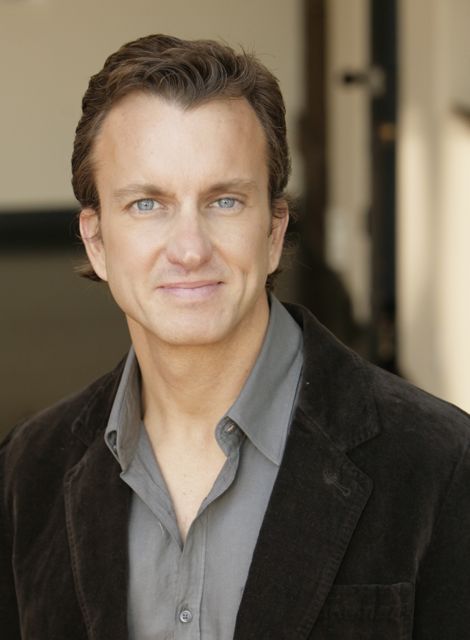
11 Feb Shrink Rap: What is Wealth Addiction?
Dr. Paul Hokemeyer
The following article by Dr. Paul Hokemeyer, a part-time Telluride local, appeared on the Caron Treatment Center‘s website. In it, he talks about “wealth addiction.”
Read on to learn more…
“With each new word that gets paired with “addiction” an eyebrow is often raised. Like cancer-causing agents, we cringe to discover that things we once considered innocuous or enjoyable can actually be dangerous. The message soon settles in that it’s not the thing itself that creates the addiction but the place it holds in our lives.
The sociologist and playwright Philip Slater’s seminal work, Wealth Addiction, minted the term in 1983 (download a free copy by clicking here). The book was not well received given its inauspicious birth at the same time as Reaganomics and trickle-down theory. However, Slater was quick to point out that merely having or wanting wealth wasn’t the problem:
Wanting money is not in itself a sign of addiction. The man or woman who dreams occasionally of having a lot of money to travel, buy clothes, own a yacht, give huge parties, and buy presents for friends and relatives is not necessarily an addict. Even saving money is not automatically a sign of addiction, nor is working hard to earn some. The man who works hard earning money in order to buy a house he wants is not an addict. – (Wealth Addiction, 1983, P. 33)
So what defines a wealth addict? Here are the key components:
- Tolerance: More and more money is needed to attain a baseline level of satisfaction.
- Withdrawal: The thought of losing money or not making it fills a person with fear, anxiety and stress.
- Negative consequences: In their pursuit of money, the person forgoes emotional fulfillment, intimate relationships and peace of mind…”
Continue reading here…



Sorry, the comment form is closed at this time.